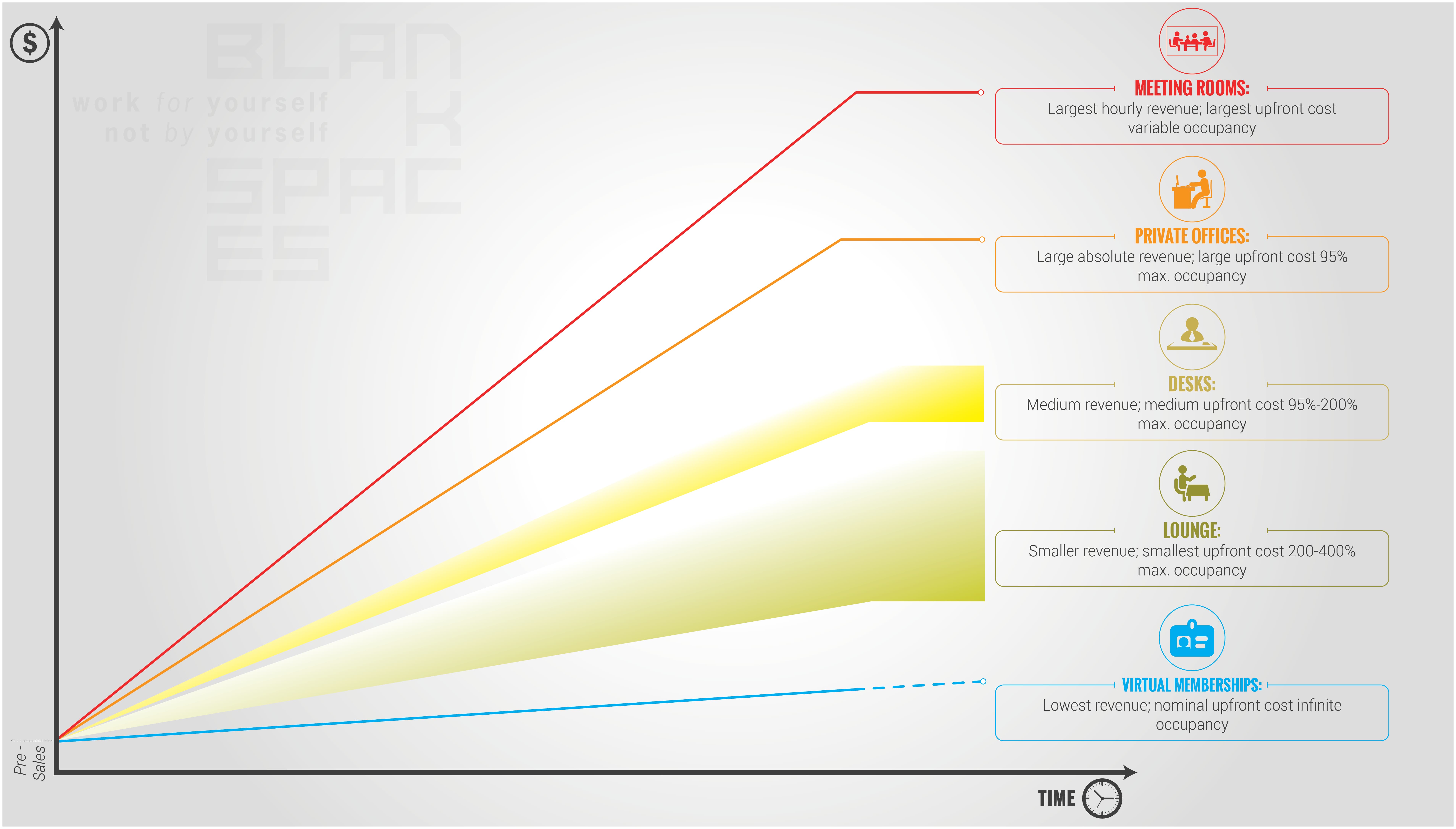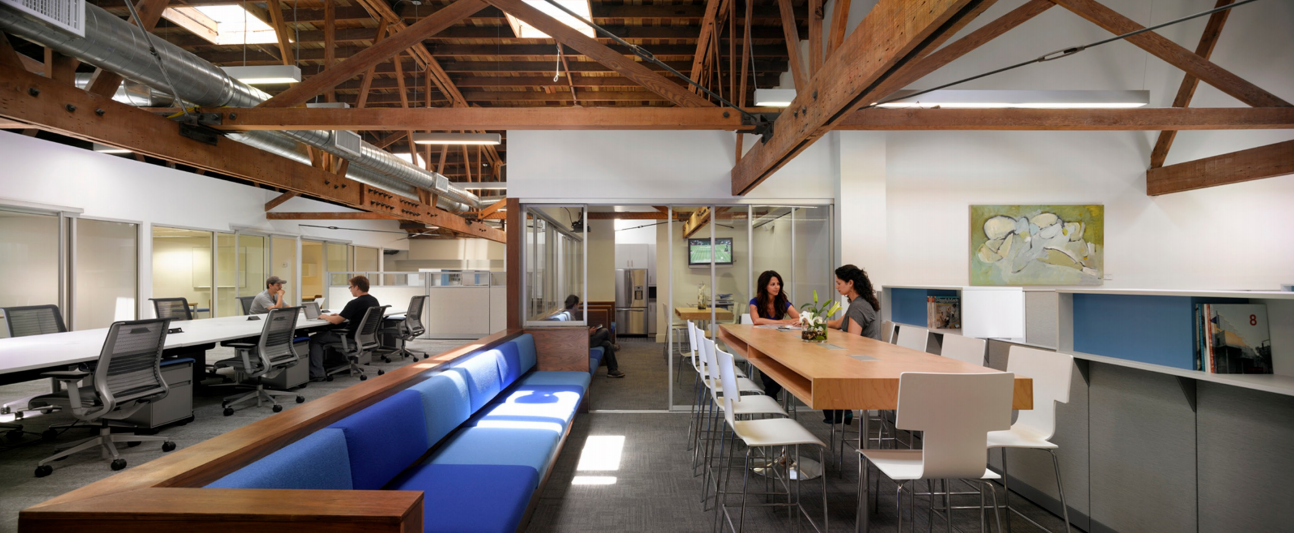In collaboration with Jerome Chang, BLANKSPACES
“In a shared space, the ‘office’ is the main revenue driver. In traditional offices, the design has at best an indirect effect at driving revenue.”
So says Jerome Chang, founder of LA-based BLANKSPACES and a speaker at this year’s GCUC.ALL conference in Los Angeles.
Jerome is renowned for his design-led workspaces, yet he believes that many coworking and serviced office operators still fail to connect the dots between effective design and strong revenue.
In an interview with OfficingToday, he discussed how the overall design of a shared workspace has a direct effect on driving revenue.
“Unlike traditional offices, where employees need to occupy the space provided, shared workspaces are spaces where workers want to spend their time,” he says, “so much indeed that they pay dues to use the space. This means that a shared workspace’s design has to be appealing and attractive in order to retain clients.” In other words, “employees get paid to occupy an office; customers pay to use an office.”
So, how can flexible workspace operators drive more revenue by focusing on design?
Let’s start by crunching some numbers.
The below graph summarizes the five most typical spaces that generate revenue in a workspace:
- meeting rooms
- private offices
- desks
- lounge areas, and
- virtual offices.
They are listed in declining order of upfront cost to build out, and of revenue per square foot:

Each workspace is different, which is why it’s crucial to understand which type of spaces you want to offer…and can afford. This at least partly dictates the business model that you adopt and the type of members you attract.
In Jerome’s words: “Think of this as you would do of hotels because each hotel has a different focus. Some are focused on having a high volume of suites, others offer boutique single rooms, and there are those that offer a wide choice of bars and restaurants. When it comes to your center, you need to decide what you want to offer: is it lounge areas only? Private offices and meeting rooms? Or a combination of all three?”
Though you can mix and match your workspace offering, you need to be clear in your intention and which one is your priority – that’s where you focus your efforts to drive the most revenue..
Once this has been established, you can begin to think about layout, design, furniture, and the investment that you will need to make.
Let’s take for example a shared workspace that focuses on offering desks. As you can see in the graph above, desks are considered ‘medium revenue. Generally speaking, desks are cheap to install with prices ranging from $200 to $1,000 including a chair.
In terms of monthly revenue, the number can vary from $400 to $600 a month for this approximately 20-30 sf workspace, which means that you get between $13 to $30 of revenue per square foot per month.
Whether the model you choose is successful and profitable only time will tell, though financially speaking your IRR (Internal Rate of Return) should yield 10% to 20%.
Ultimately, design can be pivotal to the effectiveness of your office space and a major factor in driving revenue. In today’s competitive market, shared spaces that are both visually attractive and financially efficient may seem hard to come by, but they’re certainly not a myth. After all BLANKSPACES is one of them.
By lining up side by side the design of your space with the financial model, you’ll be able to see for yourself how these two components go hand in hand.
Stay tuned for upcoming articles on design and numbers, including upfront costs, profitable workspace types, and more.
*Feature image courtesy of Jerome Change (Blankspaces Mid-City location in 2008).


 Dr. Gleb Tsipursky – The Office Whisperer
Dr. Gleb Tsipursky – The Office Whisperer Nirit Cohen – WorkFutures
Nirit Cohen – WorkFutures Angela Howard – Culture Expert
Angela Howard – Culture Expert Drew Jones – Design & Innovation
Drew Jones – Design & Innovation Jonathan Price – CRE & Flex Expert
Jonathan Price – CRE & Flex Expert












